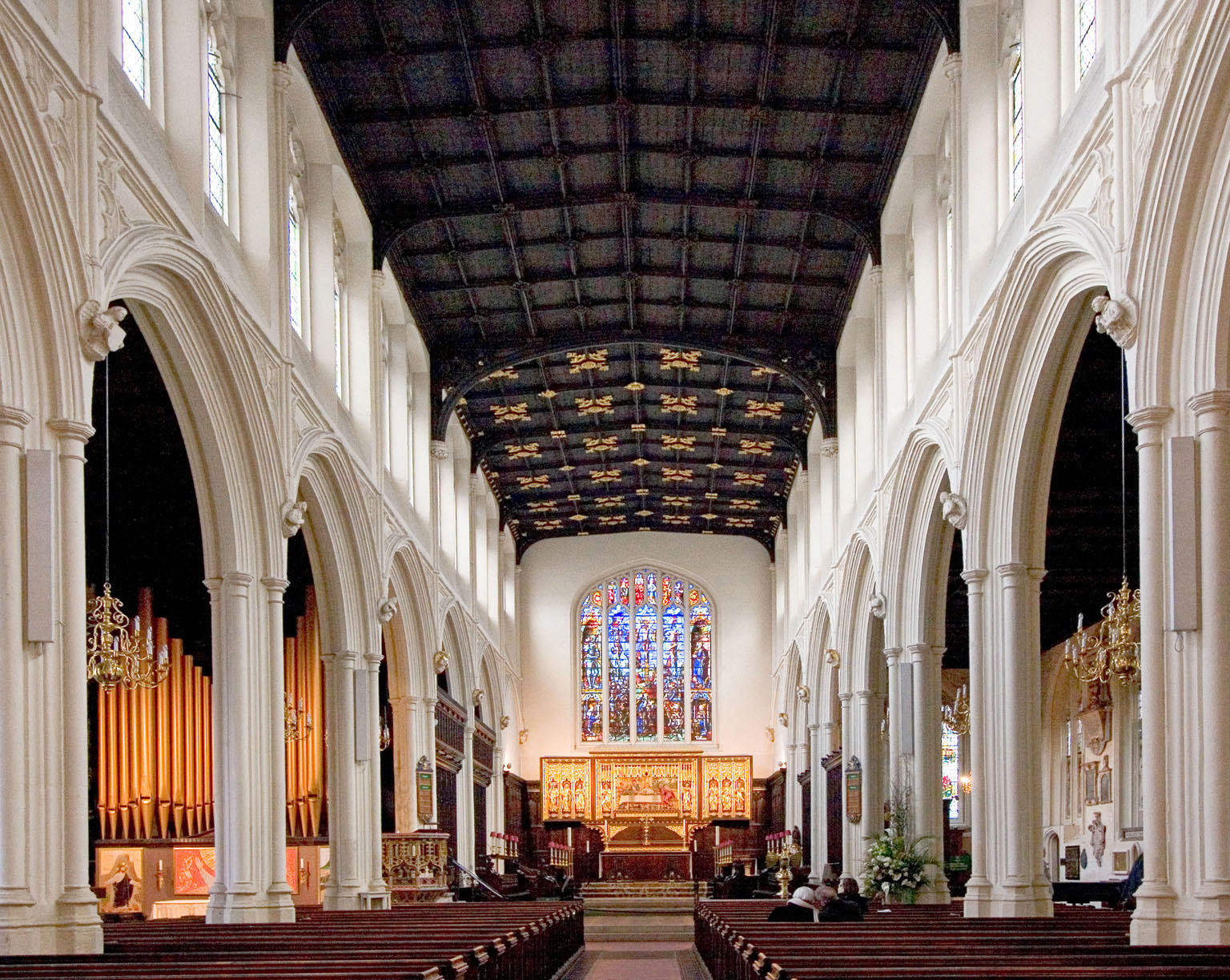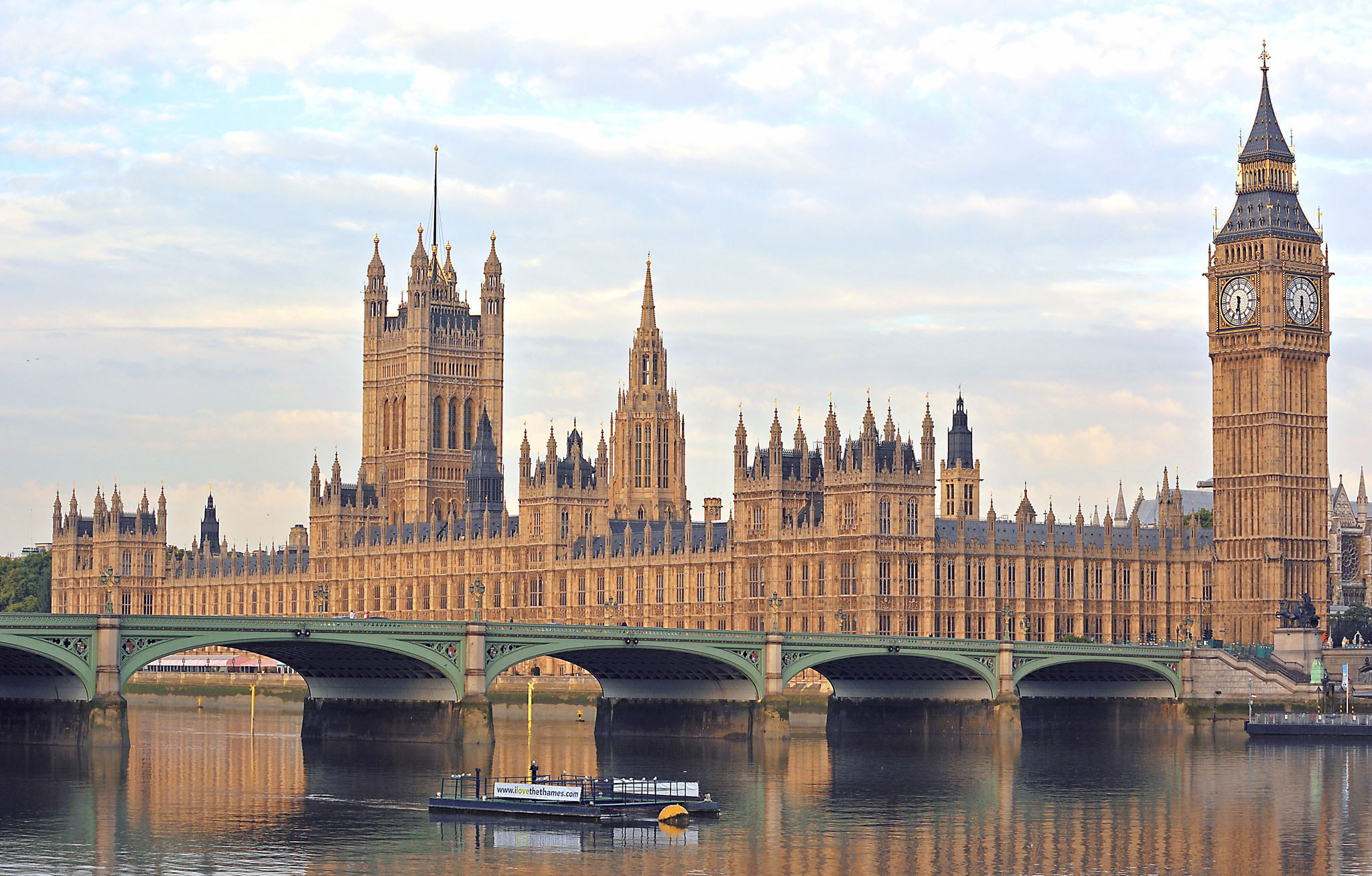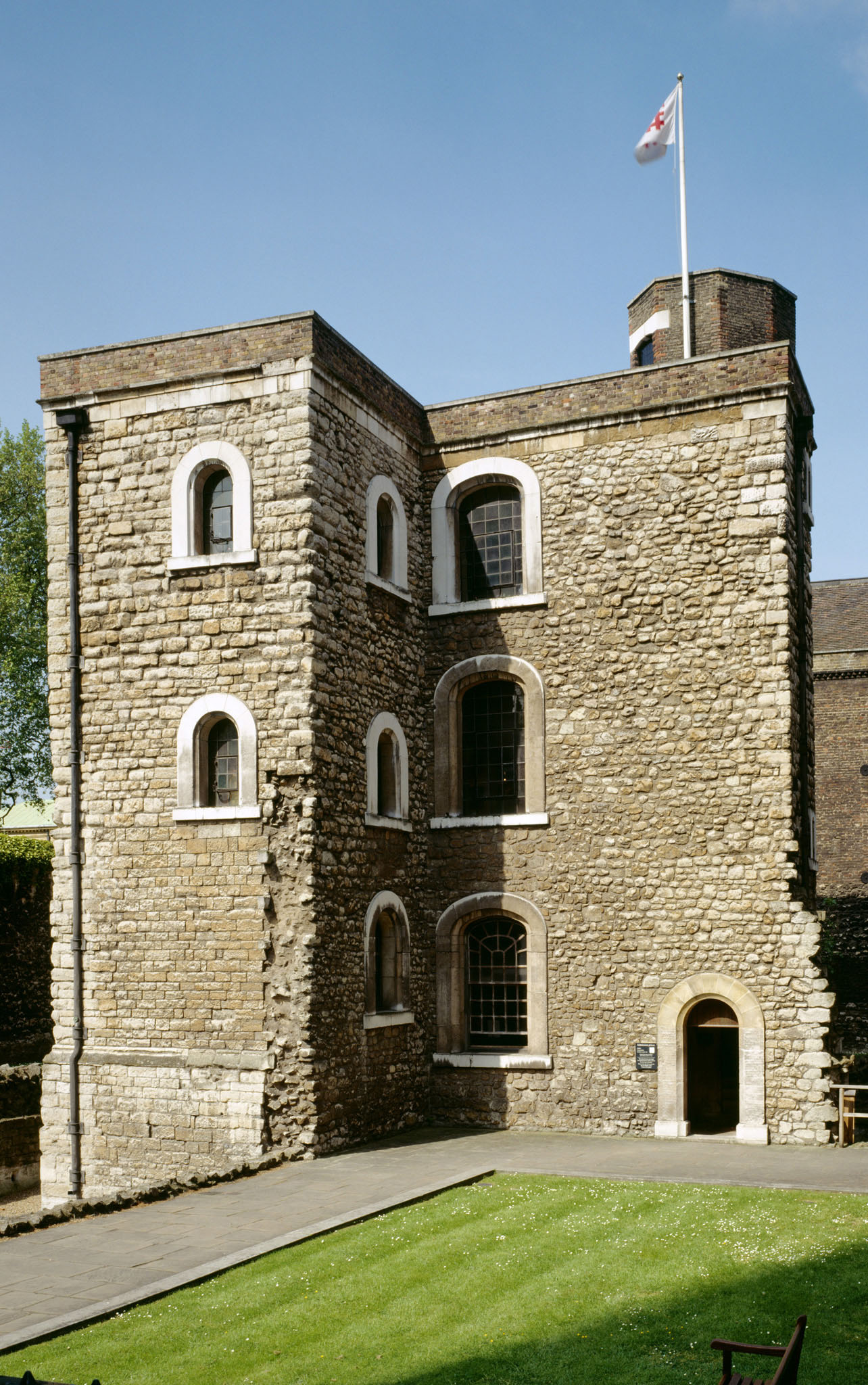
PARLIAMENT SQUARE
The spiritual and political heart of the city, the Palace of Westminster was built here a thousand years ago and has served as a royal household, seat of government, and abbey. The square was planned as part of the rebuilding program after a fire destroyed the palace in 1834. Usually known as the Houses of Parliament, the new Palace of Westminster stands opposite Westminster Abbey. On the north side of the square, Parliament Street leads to Whitehall and No. 10 Downing Street.

Plan of the Square
NEED TO KNOW
![]() Parliament Square SW1 • www.parliament.uk • Tours can be arranged through MPs at www.parliament.uk • Tickets for tours on Saturdays and during recess are available online or call 020 7219 4114
Parliament Square SW1 • www.parliament.uk • Tours can be arranged through MPs at www.parliament.uk • Tickets for tours on Saturdays and during recess are available online or call 020 7219 4114
- The Public Galleries at the Houses of Parliament have limited seating for visitors during debates. Check times online or call 020 7219 4272.
- The basement café in Central Hall is a good place for a snack.
- To avoid long lines for the Public Galleries, time your visit after 6pm on a Monday, Tuesday, or Wednesday.
1. Westminster Abbey
See Westminster Abbey.
2. St. Margaret’s Church
Winston Churchill was among many eminent figures to marry in this 15th-century church. William Caxton (c. 1422–92), who set up the first printing press in England, and the writer and explorer Sir Walter Raleigh are both buried here. Charles I is also remembered.

St. Margaret’s Church
3. Big Ben
The huge Elizabeth Tower of the Palace of Westminster is known as Big Ben. The name refers to the clock’s 14-ton bell, thought to be named after Sir Benjamin Hall, Chief Commissioner of Works in 1858. It will only chime on special occasions until 2021.

Big Ben
4. Houses of Parliament
A Gothic Revival building by Sir Charles Barry and Augustus Welby Pugin, built between 1840 and 1870, the Houses of Parliament cover 8 acres (3 hectares) and have 1,100 rooms around 11 courtyards. The Commons Chamber is where Members of Parliament sit and debate policy.

Houses of Parliament
5. Westminster Hall
This lofty hall is about all of the original palace that remained after the 1834 fire. For centuries the courts of law sat beneath its grand 14th-century hammerbeam roof.
6. Central Hall
This large assembly hall, built in Viennese Baroque style, was funded by a collection among the Methodist Church to celebrate the centenary of their founder, John Wesley (1703–91).
7. Jewel Tower
Built in 1365 to safeguard the treasure of Edward III, this is an isolated survivor of the 1834 fire. A museum about the history of the tower is housed inside.

Jewel Tower
8. Winston Churchill Statue
This statue of the UK’s wartime leader (1874–1965) is one of several in the square, including prime minister Benjamin Disraeli (1804–81) and Nelson Mandela (1918–2013).
9. Dean’s Yard
Buildings around this square were once used by monks, however the Dissolution of the Monasteries in the 1530s closed their school here. A new Westminster School was founded by Elizabeth I and is still one of Britain’s top public schools.
10. Statue of Oliver Cromwell
Oliver Cromwell (1599–1658) presided over England’s only republic, which began after the Civil War. He was buried in Westminster Abbey, but after the monarchy was restored in 1660, his corpse was taken to Tyburn and hanged as a criminal.
PARLIAMENT
The 650 elected Members of Parliament sit in the House of Commons, where the Prime Minister and his or her government sits on the right-hand side of the Speaker, who ensures the House’s rules are obeyed. The opposing “shadow” government sits on his left. The House of Lords seats around 800 members (most appointed by the Queen) who have limited powers. The Prime Minister attends a weekly audience with the Queen, who today has only a symbolic role.
